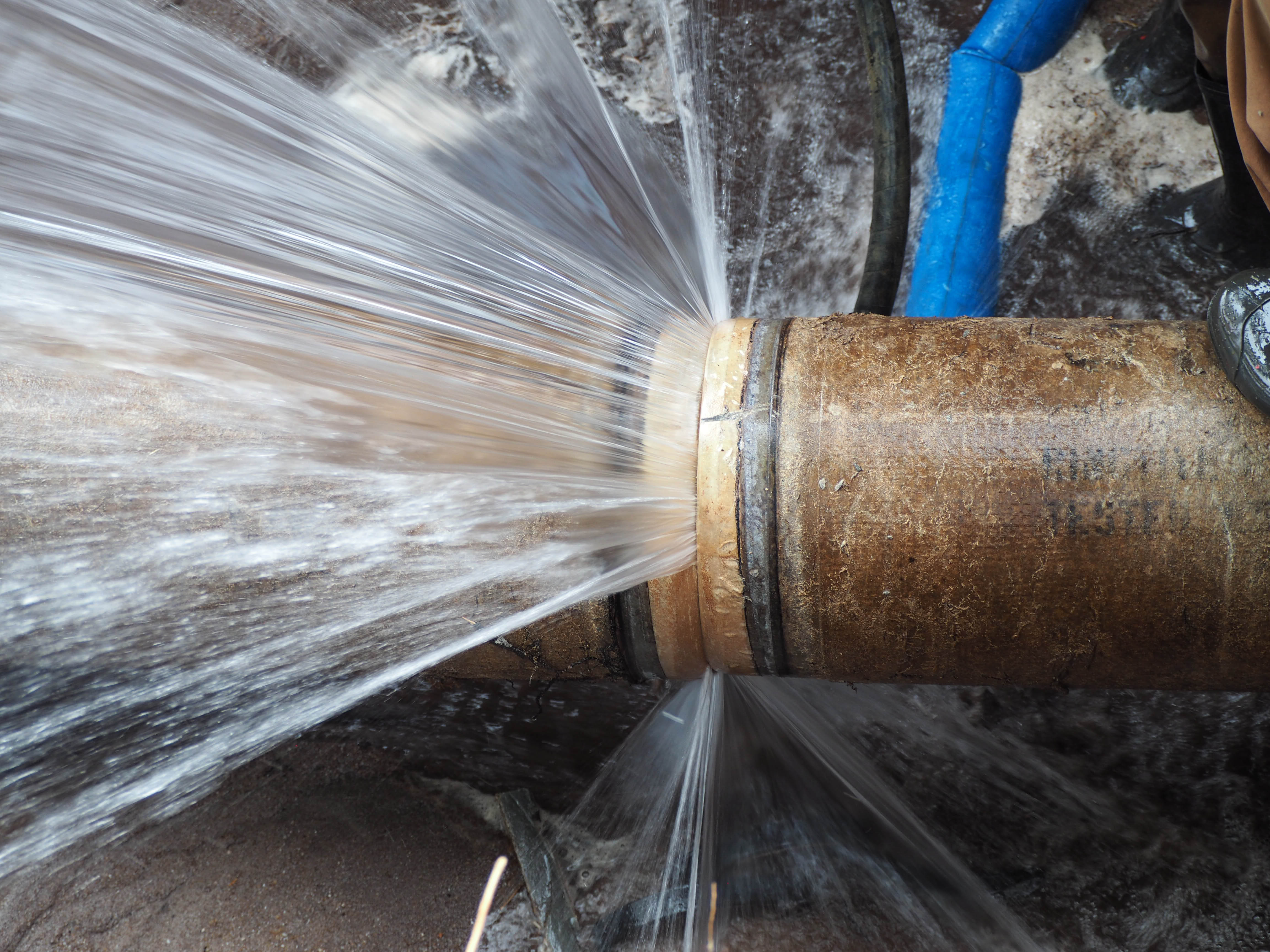Avoiding Frozen Plumbing in Winter: Professional Strategies
Avoiding Frozen Plumbing in Winter: Professional Strategies
Blog Article
What are your thoughts on 6 Ways to Prevent Frozen Pipes?

Winter can ruin your pipes, especially by freezing pipes. Below's exactly how to avoid it from taking place and what to do if it does.
Intro
As temperature levels drop, the danger of icy pipes increases, potentially leading to costly repair work and water damage. Understanding just how to prevent frozen pipelines is important for house owners in cool climates.
Understanding Icy Pipes
What creates pipelines to freeze?
Pipelines freeze when subjected to temperature levels listed below 32 ° F (0 ° C) for expanded periods. As water inside the pipelines ices up, it increases, putting pressure on the pipeline walls and potentially triggering them to break.
Threats and damages
Frozen pipes can lead to water supply disruptions, building damage, and costly repair services. Ruptured pipelines can flood homes and create considerable architectural damage.
Signs of Frozen Water Lines
Identifying icy pipes early can avoid them from rupturing.
Just how to determine frozen pipelines
Look for reduced water flow from faucets, unusual smells or sounds from pipelines, and visible frost on exposed pipes.
Prevention Tips
Insulating susceptible pipes
Wrap pipes in insulation sleeves or make use of warm tape to protect them from freezing temperature levels. Focus on pipes in unheated or exterior areas of the home.
Heating techniques
Keep indoor spaces effectively heated, particularly locations with plumbing. Open up closet doors to enable warm air to flow around pipelines under sinks.
Safeguarding Outdoor Plumbing
Yard hoses and outside taps
Separate and drain pipes yard hoses before winter months. Install frost-proof faucets or cover exterior taps with protected caps.
What to Do If Your Pipelines Freeze
Immediate activities to take
If you suspect frozen pipelines, maintain faucets available to soothe pressure as the ice thaws. Make use of a hairdryer or towels soaked in warm water to thaw pipelines slowly.
Long-Term Solutions
Architectural changes
Consider rerouting pipelines far from outside walls or unheated areas. Include added insulation to attics, cellars, and crawl spaces.
Upgrading insulation
Buy high-quality insulation for pipelines, attic rooms, and walls. Correct insulation assists maintain regular temperatures and lowers the risk of frozen pipelines.
Final thought
Stopping icy pipelines requires aggressive procedures and quick feedbacks. By recognizing the causes, signs, and safety nets, homeowners can secure their pipes throughout winter.
6 Proven Ways to Prevent Frozen Pipes and Protect Your Home
Disconnect and Drain Garden Hoses
Before winter arrives, start by disconnecting your garden hoses and draining any remaining water. Close the shut-off valves that supply outdoor hose bibs and leave the outdoor faucet open to allow any residual water to drain. For extra protection, consider using faucet covers throughout the colder months. It’s also important to drain water from any sprinkler supply lines following the manufacturer’s directions.
Insulate Exposed Pipes
Insulating your pipes is an effective way to prevent freezing. Pipe insulation is readily available at home improvement stores and is relatively inexpensive. Pay close attention to pipes in unheated areas such as the attic, basement, crawl spaces, or garage. Apply foam insulation generously to create a buffer against the cold. You can also wrap your pipes in heat tape or thermostat-controlled heat cables for added warmth.
Seal Air Leaks
Inspect your home for any cracks or openings that could let in cold air. Seal any holes around the piping in interior or exterior walls, as well as the sill plates where your home rests on its foundation. Additionally, make sure to keep your garage door closed unless you’re entering or exiting. Leaving it open creates a significant air leak that can lead to frozen pipes.
Allow Warm Air Circulation
During cold snaps, it’s essential to allow warm air to circulate evenly throughout your home. Leave interior doors ajar to promote better airflow. Open kitchen and bathroom cabinets to help distribute heat consistently around the rooms. If you have small children or pets, be sure to remove any household chemicals or potentially harmful cleaners from open cabinets for safety.
Let Faucets Drip
A small trickle of water can make a big difference in preventing ice formation inside your pipes. When temperatures drop significantly, start a drip of water from all faucets served by exposed pipes. This continuous flow helps prevent the water from freezing. Additionally, running a few faucets slightly can relieve pressure inside the pipes, reducing the chances of a rupture if the water inside does freeze.
https://choateshvac.com/6-proven-ways-to-prevent-frozen-pipes-and-protect-your-home/

We are very fascinated by Winter Plumbing Precautions: Preventing Frozen Pipes and I hope you liked our blog entry. Sharing is caring. You just don't know, you could be doing someone a favor. Bless you for your time. Kindly stop by our site back soon.
Contact Report this page